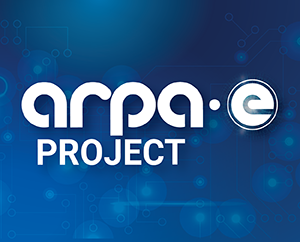Acoustic Methods for mCDR based on Blue Carbon Burial in Seagrass Meadows

Technology Description:
The University of Texas at Austin is developing an acoustic sensor network to quantify ecosystem activity and how effectively carbon is stored in shallow seagrass beds, an important sink in the coastal blue carbon cycle. The proposed sensor network detects the acoustic signature of bubbles that are released from seagrass leaves as photosynthesis produces excess oxygen. The network also analyzes the refraction of sound through the seafloor to estimate the quantity of carbon locked in seagrass roots and sediment. This passive listening technology would aid in monitoring the performance of large-scale seagrass meadow remediation projects for marine carbon dioxide removal. The sensor network aims to be much less hands-on and more cost effective than conventional methods, which require manual sampling and laboratory analysis.
